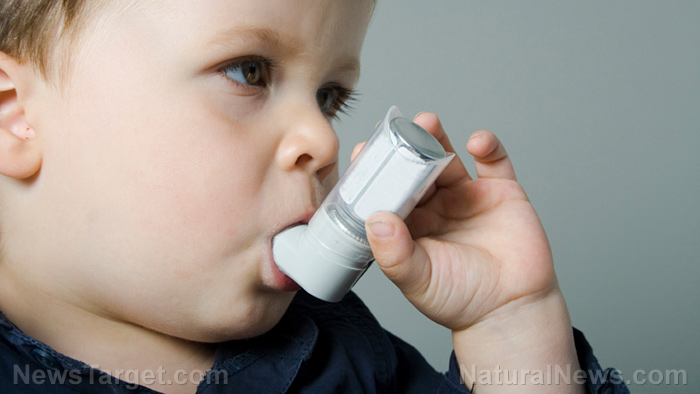
While common, asthma flare-ups in children are often expensive to treat. To address this, most healthcare professionals advise that parents increase the doses of inhaled steroids from low to high once children show early signs of symptoms like coughing, shortness of breath, and wheezing.
The study is the first of its kind to thoroughly analyze the safety and efficiency of this strategy in children with mild-to-moderate asthma.
The study was funded by the National Heart, Lung, and Blood Institute (NHLBI), part of the National Institutes of Health.
Dr. Daniel Jackson, an associate professor of pediatrics at the University of Wisconsin School of Medicine and Public Health, said that the results imply that a short-term increase for high-dose inhaled steroids shouldn't be a part of treatment plans for children with mild-moderate asthma who regularly take low-dose inhaled corticosteroids.
Dr. Jackson, who was also the study leader and an expert on childhood asthma, added that low-dose inhaled steroids are still "the cornerstone of daily treatment in affected children." (Related: Treat children's asthma naturally with fruits, vegetables, fish oil and probiotics.)
For the study, researchers observed 254 children aged five to 11 years old. The participants had mild-to-moderate asthma for at least a whole year.
All of the children took low-dose inhaled corticosteroids via two puffs from an inhaler two times every day. During the first signs of an asthma flare-up, which some of the participants experienced several times throughout the year, the researchers proceeded to administer low-dose inhaled steroids to half of the participants.
Meanwhile, they increased to high-dose inhaled steroids, or five times the standard dose, for the other half, twice every day in seven days for each episode.
While the young participants from the high-dose group had 14 percent more exposure to inhaled steroids than the low-dose group, the former didn't have fewer cases of severe flare-ups.
In fact, the asthma symptoms, the period until the initial severe flare-up, and the use of albuterol (medication used as a quick-relief drug for asthma) were identical for the two groups.
Surprisingly, the researchers determined that the rate of growth of the young patients in the short-term high-dose strategy group was at least 0.23 centimeters per year less than the rate for those who belonged to the low-dose strategy group, despite the fact that the high-dose treatments were only administered at least two weeks yearly on average.
Even though the growth difference was minimal, the results of the study reflect those from earlier studies illustrating that young patients who use take inhaled corticosteroids for asthma may experience a "small negative impact" on their growth rate.
The researchers also advised that repeated or prolonged high-dose steroid use in children might increase this negative side effect.
Dr. James Kiley, director of the NHLBI's Division of Lung Diseases, concluded that trials like this could also be used to create effective treatment guidelines for younger patients with asthma.
Natural remedies for asthma
If your children have asthma, consider using some of the natural remedies below instead:
- Cayenne pepper - Cayenne is rich in capsaicin, which functions as a natural anti-inflammatory. A tincture of cayenne pepper can help treat an acute asthma attack. Make the tincture using three parts lobelia with one part cayenne pepper. Put 10 to 20 drops in water once an attack begins.
- Ginger - Another anti-inflammatory agent, ginger has gingerols, a close relative of capsaicin. Ginger can help treat inflammation in the air passages and lungs. It can also minimize the prevalence of asthma attacks.
- Omega-3 fatty acids - Omega-3 fatty acids help line the respiratory tract and minimize inflammation.
- Turmeric - Turmeric also has anti-inflammatory properties, and it can help minimize inflammation in the airways and lungs.
You can learn more about other findings on steroids and children with asthma at Medicine.news.
Sources include:
Please contact us for more information.






















